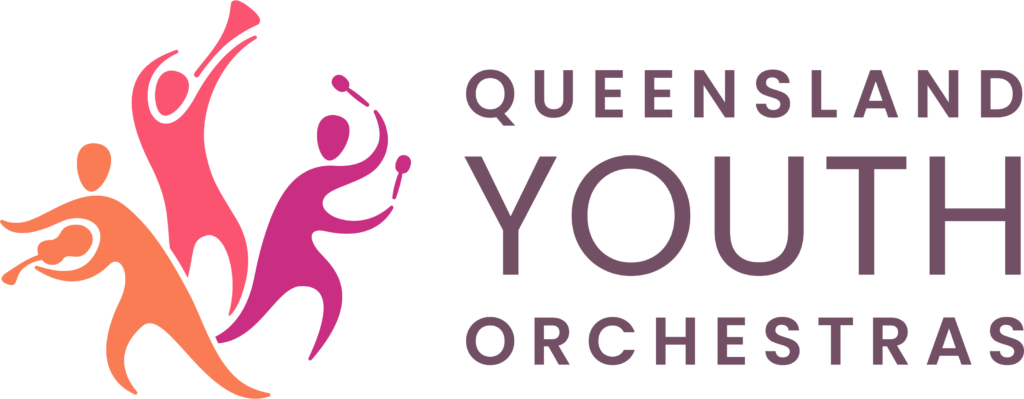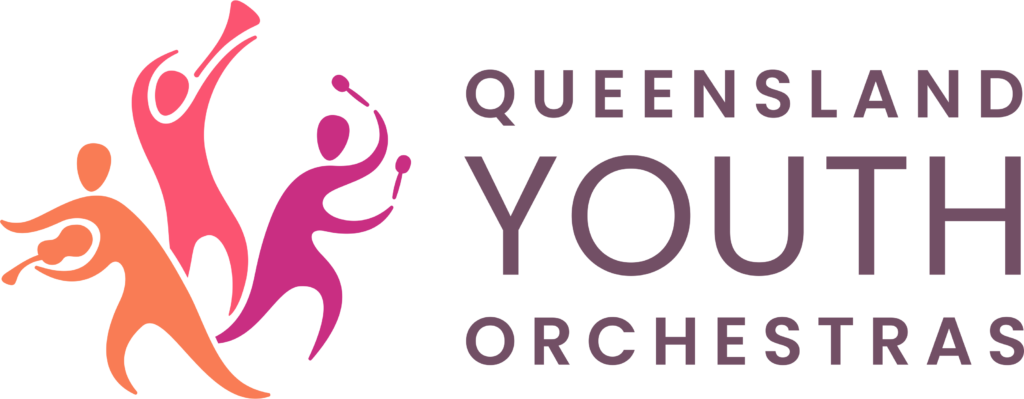I came to an evening concert, given by the youth orchestra, with my husband and eldest son. My son instigated the outing. He was very into music, particularly brass bands. He plays cornet and trumpet, and is interested in sax. He’s in the UK at the moment and just joined a local brass band. My husband came, not just for the concert, but because he’s into organs, and was very impressed with the organ here. The original one went to City Hall, and this is the “new” one. He’s also an architect (now retired) so was really in his element in the old building. This concert would have taken place in the 2000s, and in winter—I remember we wore our coats to it.
A note from the editor: Sheena DeJager Miles told this story to Margie Barram at the Australian Garden History Society display at the Ekka.


Recent Comments